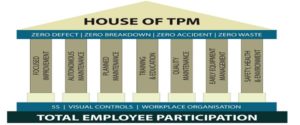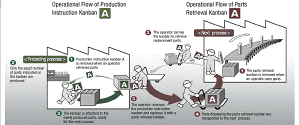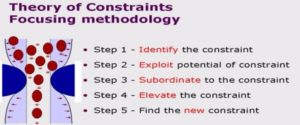
Many organisations feel that the issues and problems they face are unique to themselves. Fortunately this is not true and therefore we are able to learn from others mistakes and ideas.
To learn from others we need to understand our organisations fundamental process type. Once we understand our process type we can apply the appropriate best practices which have been deployed effectively by other similar process type organisations to cause positive gains.
The different process types are:
Job shop in which
- Product volumes are generally low and relatively unique from one order to another.
- The key competitive strategy is based on custom design, fast reaction and the ability to control moving bottlenecks, and
- Profitability is influenced amongst other things by our ability to estimate costs, control scrap and minimise inventory.
Assembly in which
- Product volumes are reasonably high and are often repeated from period to period
- The key competitive strategy is based on consistency of quality, cost and production rates, and
- Profitability is influenced amongst other things by our ability to improve methods, control rework and minimise downtime.
Batch in which
- Product flow is not continuous as multiples of the same product are produced at each process as a unique batch before being passed onto the next process.
- The key competitive strategy is based on quality and production lead-times, and
- Profitability is influenced amongst other things by our ability to improve methods, control rework, minimise downtime and maximise batch yield.
Continuous in which
- Product flow is continuous with high volumes of very few products.
- The key competitive strategy is based on cost and product consistency, and
- Profitability is influenced amongst other things by our ability to optimise the recovery of our high investment in equipment.
One further process type can be identified as a project based process type.
Recommended Exercise
Identify what process types exist within your organisation and think about whether you have a clear and appropriate strategy in place to optimise each process type area. (NB you are likely to have more than 1 process type e.g. Warehousing is an assembly process, maintenance is a job shop etc.)







